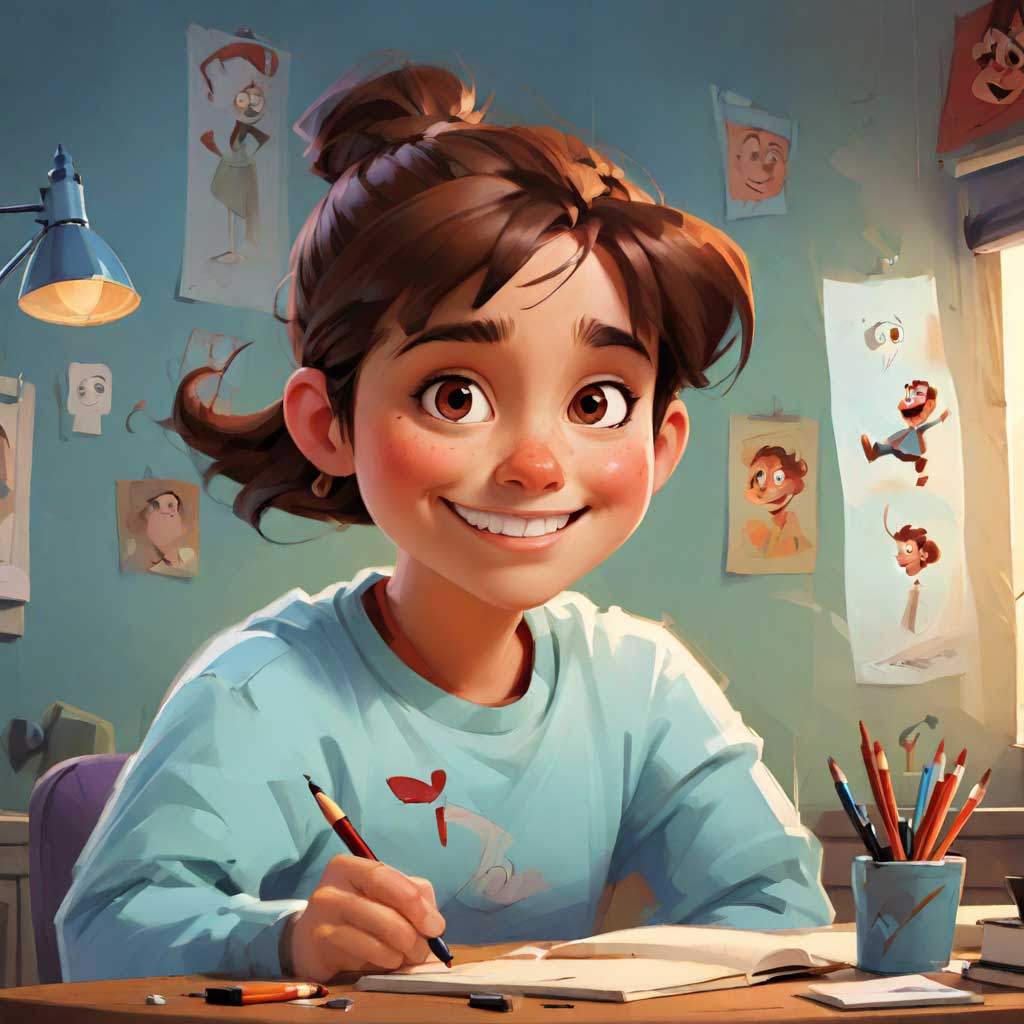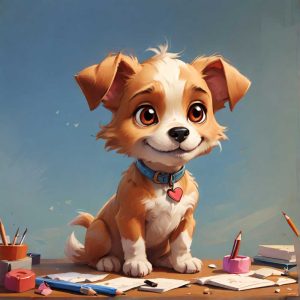Cartoon animation has been a beloved art form for decades, capturing the imaginations of audiences young and old. The magic of bringing characters to life on screen is a skill that requires a combination of artistic talent and technical know-how. In this article, we will explore the art of cartoon animation, and how animators bring faces to life with their creative vision and expertise.
The History of Cartoon Animation
Cartoon animation has a rich history that dates back to the early 20th century. One of the pioneers of cartoon animation was Walt Disney, who introduced the world to iconic characters such as Mickey Mouse and Donald Duck. Over the years, cartoon animation has evolved and expanded, with advancements in technology and artistic techniques.
The Process of Cartoon Animation
Creating a cartoon animation involves a multi-step process that requires both artistic and technical skills. It all starts with the development of a story and characters, followed by storyboarding and scriptwriting. Once the initial concept is finalized, animators bring the characters to life through a series of drawings or computer-generated images. This process requires meticulous attention to detail and a deep understanding of movement and expression.
Bringing Faces to Life
One of the most crucial aspects of cartoon animation is the ability to bring characters’ faces to life. Facial expressions are essential for conveying emotions and telling a story, and animators must master the art of capturing these expressions in their work. This involves understanding the nuances of facial movements and expressions, and translating them into animated form.
Techniques for Expressive Faces
There are several techniques that animators use to bring faces to life in cartoon animation. One of the most fundamental skills is understanding the principles of squash and stretch, which allows for a more dynamic and expressive animation. Additionally, animators must master the art of timing and spacing, as well as the use of exaggeration to convey emotions through facial expressions.
The Role of Character Design
Character design is another crucial aspect of bringing faces to life in cartoon animation. The design of a character’s features, such as their eyes, mouth, and overall facial structure, plays a significant role in how they emote and express themselves on screen. Animators must carefully consider these factors when creating and animating characters, ensuring that their expressions are clear and compelling.

Tools and Technology
Advancements in technology have revolutionized the world of cartoon animation, providing animators with a wealth of tools and software to bring their visions to life. From traditional hand-drawn animation to computer-generated imagery (CGI), animators have a wide range of options at their disposal. This technology allows for more sophisticated and lifelike facial animations, as well as enhanced visual effects and storytelling capabilities.
The Future of Cartoon Animation
As technology continues to advance, the future of cartoon animation looks promising. With the rise of virtual reality and augmented reality, animators have even more opportunities to create immersive and interactive experiences for audiences. The art of bringing faces to life in cartoon animation will continue to evolve, as animators push the boundaries of what is possible in the world of animation.
FAQs
What skills are necessary to become a successful cartoon animator?
Successful cartoon animators possess a combination of artistic talent, technical skills, and a strong understanding of storytelling and character development. They must be proficient in drawing and animation software, and have a keen eye for detail and movement. Additionally, a solid understanding of human anatomy and facial expressions is crucial for bringing faces to life on screen.
What are some popular software tools used in cartoon animation?
Popular software tools used in cartoon animation include Adobe Animate, Toon Boom Harmony, and Autodesk Maya. These programs offer a wide range of features for animators, from creating character designs and storyboards to animating facial expressions and movements. Each software has its own strengths and capabilities, allowing animators to bring their creative visions to life in unique ways.
What are some tips for aspiring cartoon animators?
For aspiring cartoon animators, it’s essential to practice and hone their skills through consistent drawing and animation exercises. Studying the work of master animators and taking courses in animation and character design can also be beneficial. Additionally, networking and building connections within the animation industry can provide valuable opportunities for growth and development in the field.








+ There are no comments
Add yours